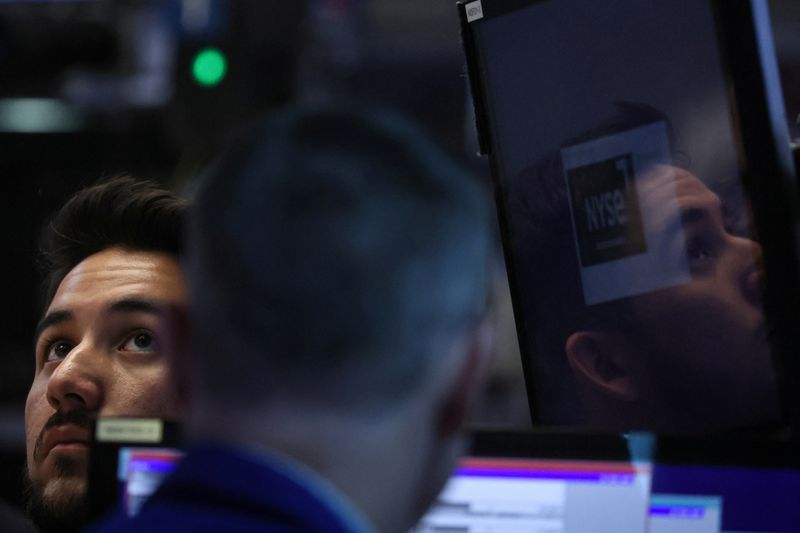The fintech industry has grown rapidly in recent years, with new companies and innovations emerging across the globe.
I’m emerging from a two-month long set of back-to-back trips, from Texas to Nairobi to Dubai, to Riyadh, to NY and to Montreal, with the final stop today in Vegas for Money 2020.
Each has their own growing fintech and startup ecosystems budding. And they each offer unique lessons for us.
Here are five I reflect on.
The Power Of Mafias.
The term: “startup mafia” was coined originally to reference Paypal, given the staggering amount of multi-billion dollar companies that emerged from its alumni. Yet, they were of course not the first (Fairchild Semiconductor famously had a similar ecosystem impact a generation before) or certainly the last. The same phenomenon is being repeated globally – from Rappi in Latam, to Jumia in Africa, to Grab in SEA, etc.
In the Middle East, the effect of Careem felt palpable. Careem is the ride-hailing champion in the region, and the largest ever exit in the Middle East ($3b to Uber
UBER
As Mudassir Sheika told me: ““Careem’s purpose to simplify and improve lives in the wider Middle East has been a powerful driver for many of our colleagues to join us and then go on to launch their own ventures. There’s still so much more that needs to be done to unleash the potential of the region and entrepreneurship brings creativity and innovation to both old and new challenges.”
But mafias don’t happen everywhere. For example, I was surprised to not (yet) see a Mafia from Shopify in any meaningful way.
Before mafias emerge, arguably you need role models – to first prove that scaling is possible. This is taking place as well. For instance, Nigerian payments startup Paystack was acquired by Stripe for over $200 million in 2020. This exit established Paystack’s founders as role models and demonstrated that big exits are possible in Africa. And as Shola explained, a number of startups have spun out of Paystack.
The Power Of Ecosystem Infrastructure.
My trip to Nairobi highlighted the importance of infrastructure in catalyzing innovation. As I discussed in my recent column, M-Pesa is now used by 90%+ of the population and covers 75% of GDP. What’s more impressive is the amount of innovation built on top of M-Pesa – be it merchant acceptance (Kopo Kopo), assent lending (M-Kopa etc), and more.
Similar horizontal enabling infrastructure is getting built elsewhere. In Out-Innovate, I highlighted the impact of Aadhaar (universal identification) and the related India-Stack (set of APIs) built in India. More recently, PIX (real-time free payments in Brazil) is rapidly taking off. Over 100 million users, representing two thirds of the population have used it, in only a few short months – becoming the most used form of payments for small transactions. What we will see in the coming years are a range of new use cases, heretofore not even imagined.
The Power Of Ecosystem Supporters.
The NY ecosystem has exploded in recent decades. One reason arguably is the power of ecosystem players.
Research from Endeavor showed the power of Founders in their ecosystem in supporting other players. They weren’t doing it after succeeding, but rather in parallel – investing across the ecosystem even while actively building. For fintech, the rich network of banks and financial services companies has created not just a treasure of potential partners for fintech players but also for talent and investments.
Founders alone cannot do it. Success requires the full support of venture capitalists, the government, regulators and local corporates.
The Power Of Culture Change.
Saudi Arabia provides an excellent example of how quickly innovation can take off when a culture shift occurs to be more open and entrepreneurial.
About 15 years ago I worked in Saudi Arabia when I was with McKinsey. At the time, there was no startup ecosystem (and to my knowledge no venture backed company to ever go IPO).
Over the last few years, the government has enacted a number of reforms, but also invested in shifting culture.
As a result, Saudi startups have proliferated, raising nearly a billion dollars. What’s more, and I would argue (and many local VCs would agree) it is incredibly hard to build a unicorn in the Middle East without winning Saudi Arabia.
The Power Of Connection.
The best ideas come from anywhere and scale everywhere. This is the innovation supply chain.
Locations that can place themselves at the center of ideas are poised for innovation success. Historically, the epicenter of this dynamic was in Silicon Valley and the broader San Francisco Bay Area.
But coming back from Dubai, I was struck by how much it is increasingly true there too. Dubai and the broader UAE
UAE
Events like the Canadian Fintech Forum in Montreal or the Kauffman Fellows Summit in Nairobi are also opportunities to bring global ideas from elsewhere into local ecosystems. As Paul Desmarais III told me, reflecting on the event in Canada, “our Fintech Forum event in Montreal was an outstanding success. The three-day event was filled with actionable learnings and expertise for both investors and entrepreneurs from more than 170 organizations.” The crowd was not just Canadian but also quite global.
—
Publishing this piece today is no coincidence. It is the beginning of Money2020, perhaps the largest global fintech conference – bringing together a community of global investors, entrepreneurs, incumbents and regulators.
Taking a step back, and looking at many regions together gives us a unique vantage point around the world. This is just the start.
Read the full article here







